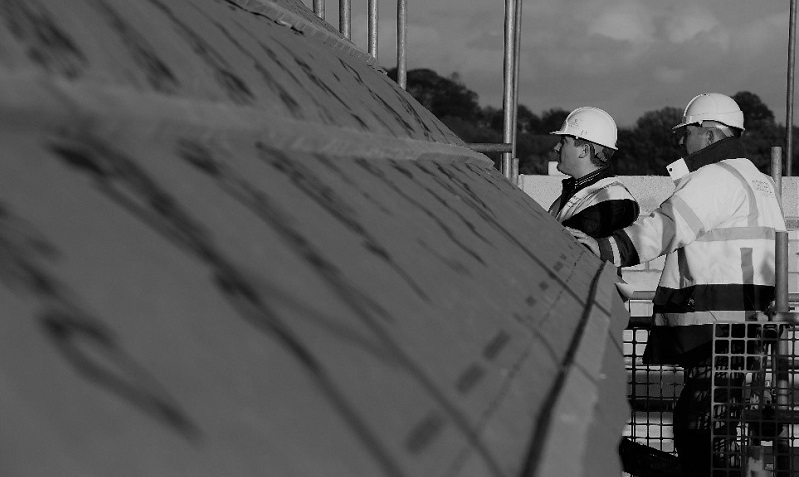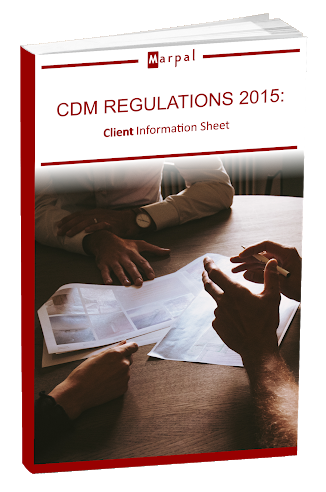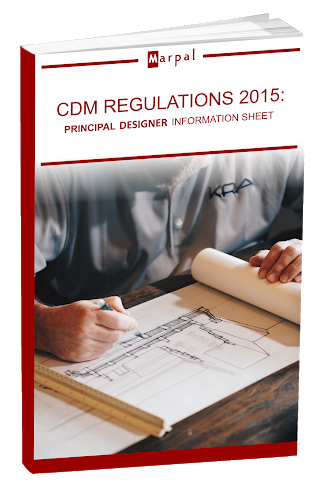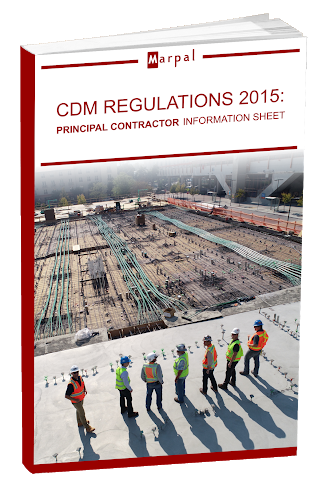
The Construction (Design & Management) Regulations 2015 require that suitable arrangements are in place to ensure that sites are regularly checked, particularly as the nature of construction sites regularly change.
Carrying out site safety inspections on your project ensures that you meet your CDM obligations, is a proactive way of ensuring that Health & Safety issues do not arise and provides an opportunity to rectify any potential problems before they occur.
When planning your construction project, there are a number of factors that you’ll need to think about when deciding on the frequency of your Site Safety Inspections, such as:
- The type and nature of the project
- The tasks/activities to be undertaken and the associated risks
- The various types of activities and their interfaces with each other
- Introduction of new processes, plant, equipment or workers
- Past accidents, incidents and near misses
- The competence of your Site Management Team
The Importance Of A Good Site Manager
Good management of Health & Safety on site is crucial to the successful delivery of a construction project. Firstly, you’ll need to ensure that your Site Manager has a sound knowledge of construction Health & Safety and possesses the right skills and experience, as well as receiving the appropriate training – after all, it’ll be the Site Manager that will dictate how Health & Safety standards are implemented on site.
Depending on the size, nature and risks associated with the project, the Site Manager may need to be supported by a wider site management team, an internal Health & Safety Manager/Advisor or an external Health & Safety Consultancy!
Daily & Weekly Inspections?
Depending on the make up of your Site Management Team, amongst other tasks, the Site Manager will typically ensure that Health & Safety standards are implemented on site, ensuring that relevant parts of the Construction Phase Plan are being adhered to, the site rules are being followed and contractors are working in accordance with approved method statements and risk assessments.
Considering the level of risk involved in the project and – on a weekly basis, at least – the Site Manager should undertake a safety inspection. This would normally be carried out on a Site Safety Checklist Form which is used both as a memoir and a means of recording any shortcomings.
Formal Site Safety Inspections
The role of a Site Manager is far fetching – and yes, Health & Safety in an integral part of this. However, you have to be realistic; delivering a project on time, within budget and to the expectations of the Client is a major consideration for any Contractor and when the pressure is on there can, unintentionally, be less focus on Health & Safety.
A good Site Manager should have a sound understanding of construction Health & Safety, but they’re not expected to be experts and it’s therefore important that the Site Manager understands their own limitations and receives the support that is needed – particularly in an industry such as construction which is full of hazards and high-level risks.
Having an extra pair of trained eyes in an essential part of monitoring the construction phase, allowing any non-conformities to be identified and remedial action to be taken. Site Safety Inspections should be undertaken by a Competent Construction Health & Safety Professional who understands the CDM Regulations and the various Health & Safety legislation and Best Practice relevant to the building industry.
On some large, very high-risk projects it may be appropriate to have a permanent site-based Health & Safety Manager whose role is purely Health & Safety focused. On other high-risk projects either weekly or fortnightly Site Safety Inspections would suffice, whereas on low risk projects monthly Site Safety Inspections may be considered acceptable.
As you have probably gathered, there is no one answer to the number of inspections you require, but an amalgamation of factors – including type, size and nature of the project, the activities, the number of high level risks, types of interfaces, incidents or near misses that may have occurred, the site management structure and the type of workers involved – play a role in determining an appropriate frequency.
Can I Undertake Site Safety Inspections Myself?
If you possess the right qualifications, skills and knowledge, based on your experience and the level of risk associated with the project you may have the competence to undertake a Site Safety Inspection; however, it is also as important to realise your own limitations.
Need Help?
If you are unsure whether you need support or assistance with your Site Safety Inspections, then please contact one of our CDM Consultants today to talk through your project. Sound, friendly advice is only a phone call away. Call Marpal on 01332 668877 or email us at [email protected].





